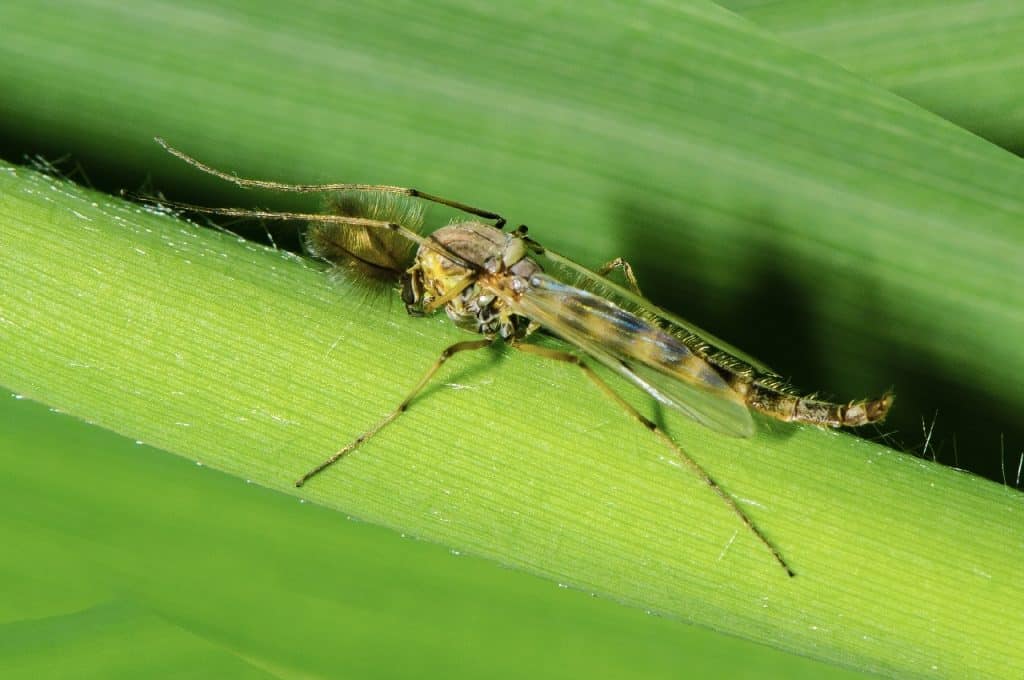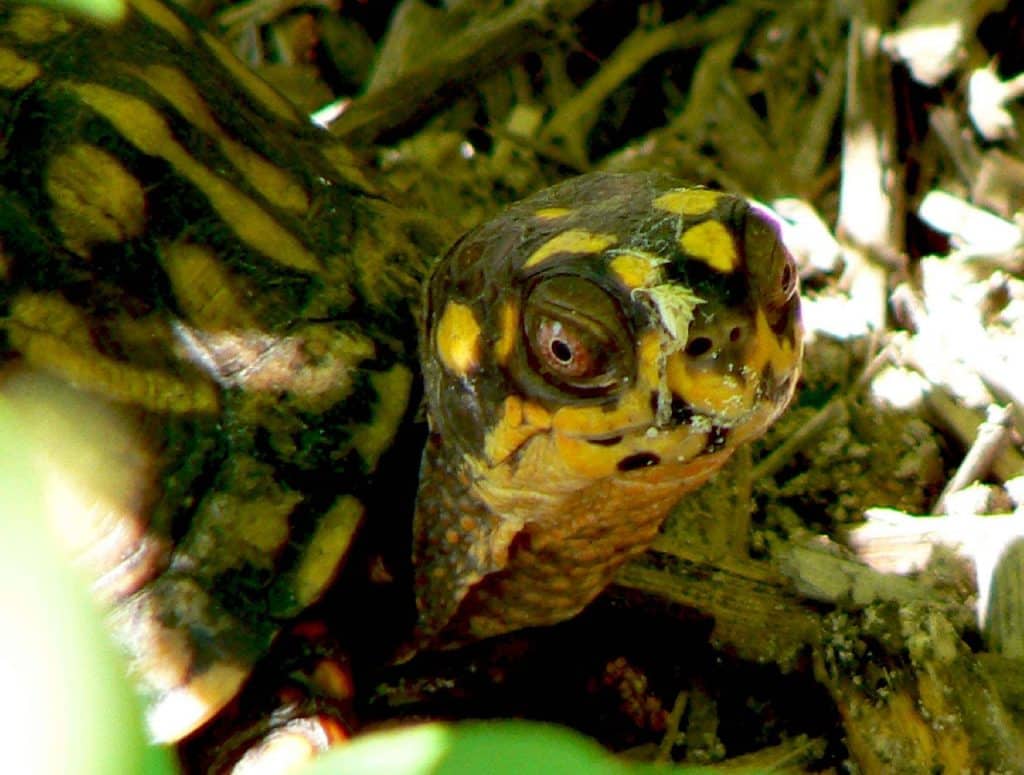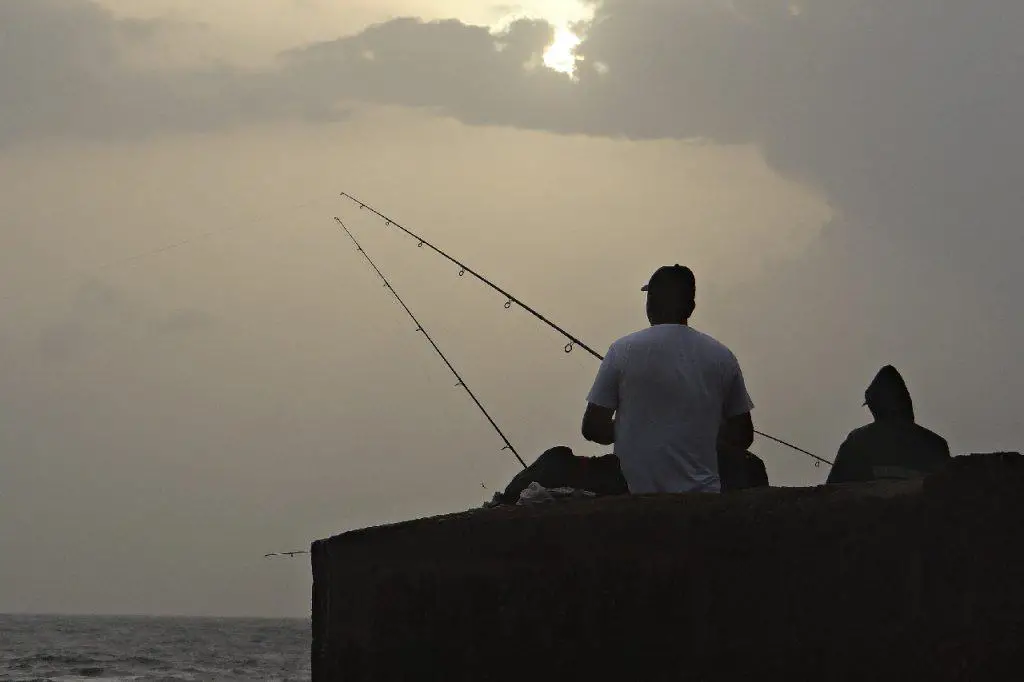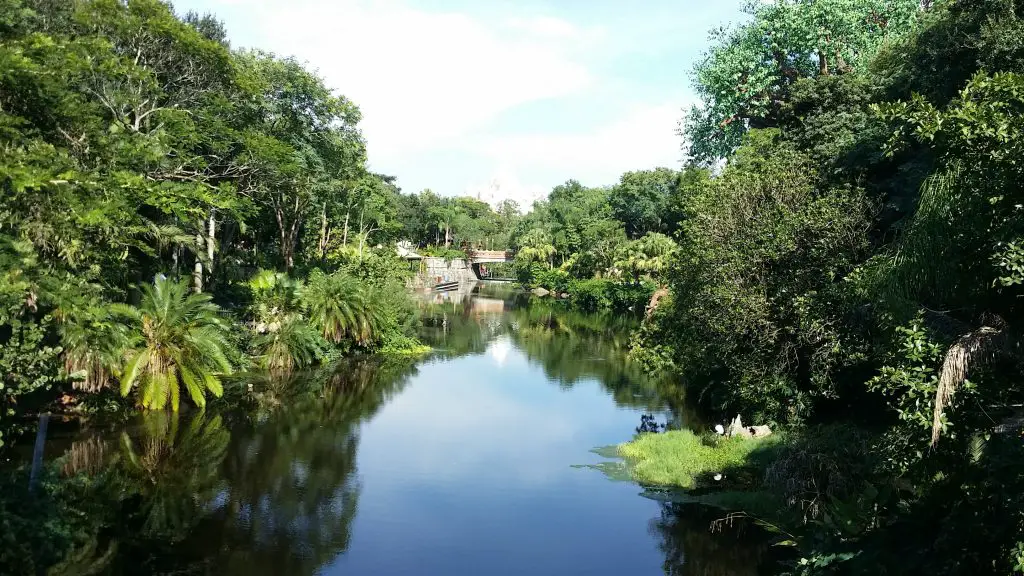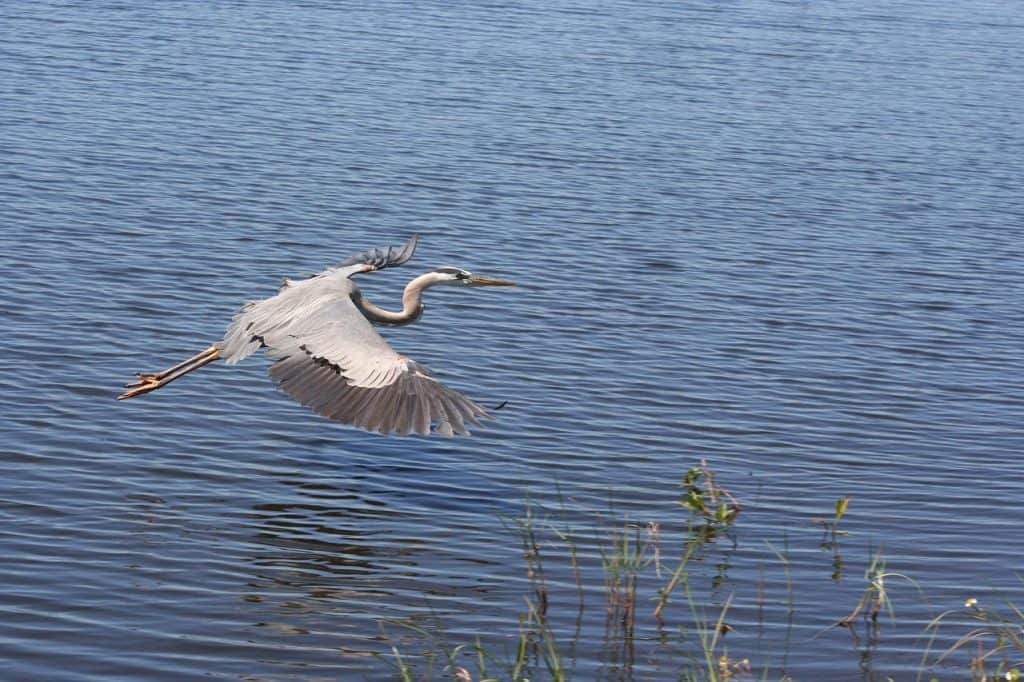If you’re looking for ways to protect yourself from Noseeums in Florida, you’ve come to the right place. While these little flying insects are mostly harmless, they do have some nasty characteristics.
Noseeums are tiny, biting insects found in Florida, and tropical areas, and they are not visible. These little pests are common in the Caribbean, but can also be found in any tropical region of the world.
In addition to feeding on the nectar in flowers, they bite warm-blooded animals and secrete an anticoagulant, which makes their bites very painful.
Read on to learn how you can protect yourself from these insects!
Noseeums are small, flying insects
Noseeums are tiny, flying insects from the Ceratopogonidae family, which is present throughout the world. Their size is comparable to that of a gnat and can often be mistaken for a fly.
They are dark-colored and have a large wing span.
The male noseeums feed mainly on nectar, while females primarily feed on blood, which provides the insects with protein. Females are known for being particularly painful, as they use a scissor-like mouth to open skin.
In order to efficiently consume blood meal, they secrete an anti-coagulant.
This secretion causes stinging and itching.
The noseeums like to gather in muddy or swampy areas.
Noseeums are attracted to light, so turning off the lights can help keep the insects away.
Noseeums are very annoying, and you will want to stay away from them while fishing.
Fortunately, noseeums aren’t as common as mosquitoes, so they are not as serious of an issue as you might think. They can be found throughout Florida, and are most noticeable during warmer months.
They will not bother you as much during the winter months, but they can ruin your outdoor moments.
They can bite you and your family, and they can cause annoying marks that linger for days.
Only females bite, and they require human blood proteins to produce eggs. But you don’t have to suffer from them if you’re sensitive to them.
And don’t forget to use mosquito repellent!
Noseeums feed on nectar from flowers
Noseeums are gnat-like insects that live in flower gardens. Although they are nearly invisible, large swarms of noseeums are easily visible.
These insects feed on the nectar of flowers. They are a great annoyance and will leave a mark on your skin and are a nuisance and can be difficult to get rid of.
They feed on plant nectar and are also known as biting midges. The adult noseeum is about an eighth of an inch in length and gray in color.
The wings are covered with tiny hairs, which entomologists use to identify the species. The larvae of this insect look like small, whitish worms or caterpillars.
Because noseeums feed on plant nectar, they cannot be seen when they are not feeding.
The scientific name of Noseeums is Culicoides.
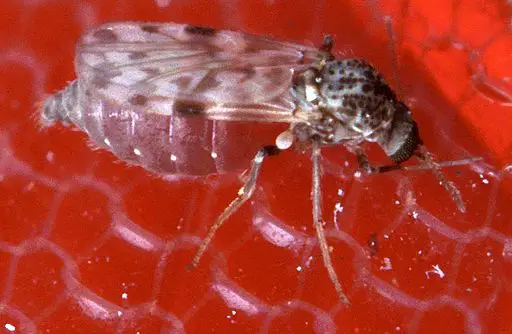
The adult bites are itchy and painful. Noseeums in Florida has a large variety of appearances, including yellow-headed and black-spotted species.
They are typically found near water sources and can penetrate tents. They breed in humid areas and lay their eggs.
Adult noseeums lay hundreds of eggs per lifetime, but the females require blood to make eggs. They usually blood-feed at dawn or dusk.
Some species prefer to feed during the day. In some cases, blood-feeding noseeums can lay eggs without a blood meal.
If the eggs are infected, they must be treated by a medical professional. Infected noseeums can transmit diseases.
They bite warm-blooded animals
They are small enough to squeeze through window screens and fly very low outdoors. Their stings are typically made of carbon dioxide.
They are also responsible for stings on livestock and pets.
Moreover, they can spread filarial worms and other diseases, making them important pests to watch out for.
Their bites are irritating and can ruin any outdoor activity.
Noseeums are most active during the late spring and summer months.
They usually congregate around standing water and flower nectar. Females need the blood of warm-blooded animals to reproduce.
In Florida, noseeums may bite humans and other warm-blooded animals. They have the ability to live indoors if they find a warm place to breed.
Noseeums in Florida are commonly found near water bodies, such as lakes and streams.
These midges are nuisances to warm-blooded animals and should be avoided. They bite warm-blooded animals, including humans and pets.
If you’re a Florida resident or vacationing in the area, you may have noticed something biting your skin.
These bugs are called “sand flies” and “no-see’ums” and are commonly found near salt marshes and mangrove swamps.
They secrete an anticoagulant that can cause painful bites
The bite of a no-see-um is extremely painful. If left untreated, these bugs can itch for days. Fortunately, there is a way to treat them.
The bites of a no-see-um are often itchy and uncomfortable, and the best way to treat them is to avoid scratching.
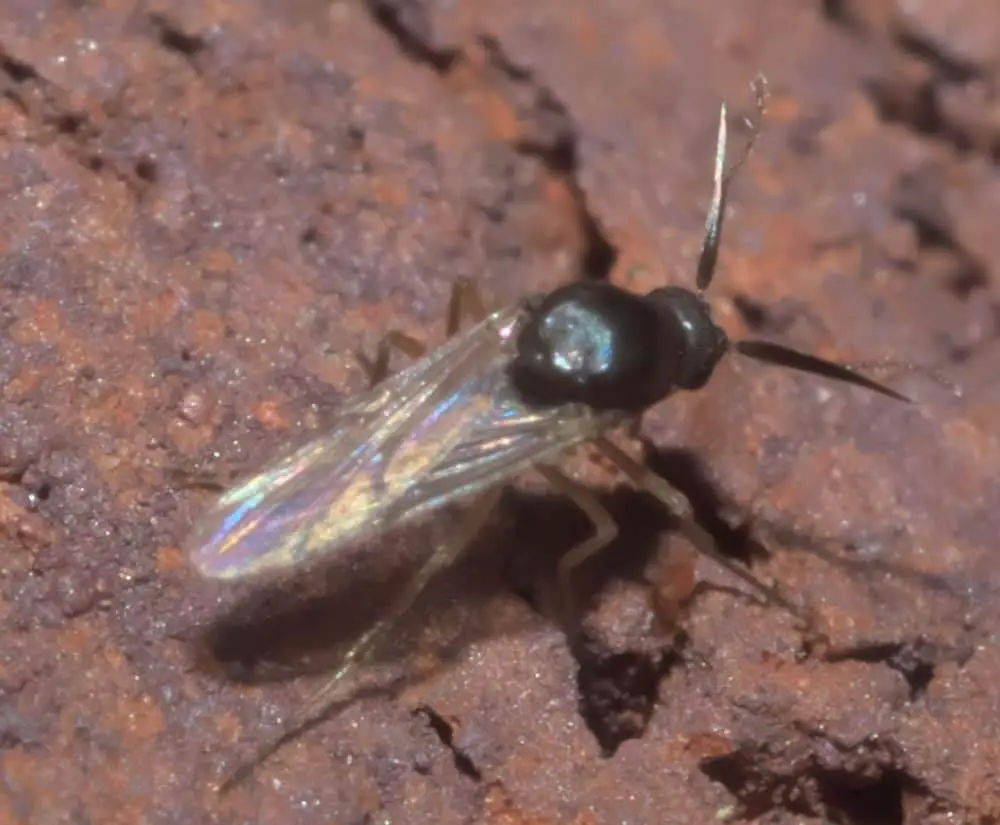
Scratching the bites can cause the bite to develop an infection, making the situation even worse. Applying a cold compress or ice to the bite will soothe itching and minimize swelling.
To help relieve the itching, you can apply a calamine lotion or other over-the-counter cream.
If the pain is too severe, you can also take an oral analgesic or allergy medication.
While male noseeums spend a majority of their time looking for pollen, female noseeums feed on blood.
Their mouthparts are very sharp, and they use their mouthparts to lacerate the skin and suck up fluid. Their saliva contains an anticoagulant that can cause a painful bite.
These flies can also cause severe skin infections.
The bites from mosquitoes can be extremely uncomfortable, especially if you are prone to rashes and itchy skin.
However, the bites can also be more severe if you are traveling to a new country.
If you are traveling to a foreign country, be prepared to experience itchy bites for the first time.
Not only do mosquito bites cause severe pain, but they can transmit dangerous viruses, like yellow fever and dengue.
They are a nuisance insect
Noseeums are tiny flying pests that can sting and can cause irritation to people. Although they cannot be seen, they are as bothersome as mosquitoes. They also carry diseases such as Leishmania.
While they generally live in soft sediments, they can be found only a few inches below the surface of the water.
Their name is derived from the Greek words ‘horns’ and ‘beard’, which means they have horns on their bodies.
Despite their small size, noseeums are often not seen unless they’re fed.
They’re often hard to spot and can be difficult to eradicate, especially in a swarm.
Fortunately, there are many treatments available to control this nuisance insect. If you want to be free of it, visit MosquitoNix(r) Library today. You can learn more about noseeums by exploring their website.
What Months Are No-See-Ums in Florida?
No-see-ums live in Florida’s warmest months, which are June and July. Adults are most active at dusk and dawn and congregate near standing pools of water.
During this time, female no-see-ums lay upwards of 400 eggs in a batch, hatching after two to seven days.
The summer months are the prime breeding time for no-see-ums, and extra precautions should be taken to prevent them from biting you.
When is the best time to go camping in Florida?
During the cooler months, camping is a more pleasant experience. If you’re going kayaking or canoeing, don’t forget to take mosquito repellents, as no-see-ums can be extremely irritating if you’re not careful.
However, if you plan to camp or float, make sure to avoid the warmer months of May through October.
Generally, no-see-ums are a nuisance for those who enjoy spending time outdoors or near water.
No-see-ums live in tropical environments and lay eggs in moist substrate. These insects are commonly found in salt marshes, swamps, and agricultural areas that have moist soil rich in organic matter. The exact location and time of the no-see-ums depend on where they’re found.
How Do You Get Rid of Noseeums in Florida?
So, how do you get rid of Noseeums in Florida?
Noseeums are tiny insects that cause irritation to humans and pets. They have been known to carry diseases, but in rare cases, they can only transmit mild to moderate discomfort.
These annoying insects are particularly troublesome for people who spend a lot of time outside.
They are most active at night or in the early morning hours.
If you’ve got outdoor hobbies, noseeums are the bane of your existence.
The most effective repellent is DEET, which makes noseeums unappealing for females. You can also buy a mosquito fogger to keep the insects away for up to eight hours.
The fogger can be applied to outdoor areas and can kill the critters that bite you.
To get rid of these nuisances, you can use repellents with DEET or other insecticides. Spraying insecticides near light fixtures can also be effective.
Using ceiling fans can also keep noseeums at bay. Keeping these bugs out of your home is a good way to ensure your family’s safety.
You can also seal off holes to keep them out.
MosquitoNix offers effective solutions to eradicate these pests.
The product contains DEET, a powerful insect repellant that is highly effective against noseeums. Another product, Skin So Soft, trap these insects in oil.
These pests are difficult to eradicate, but with the right products, you can eliminate them from your home.
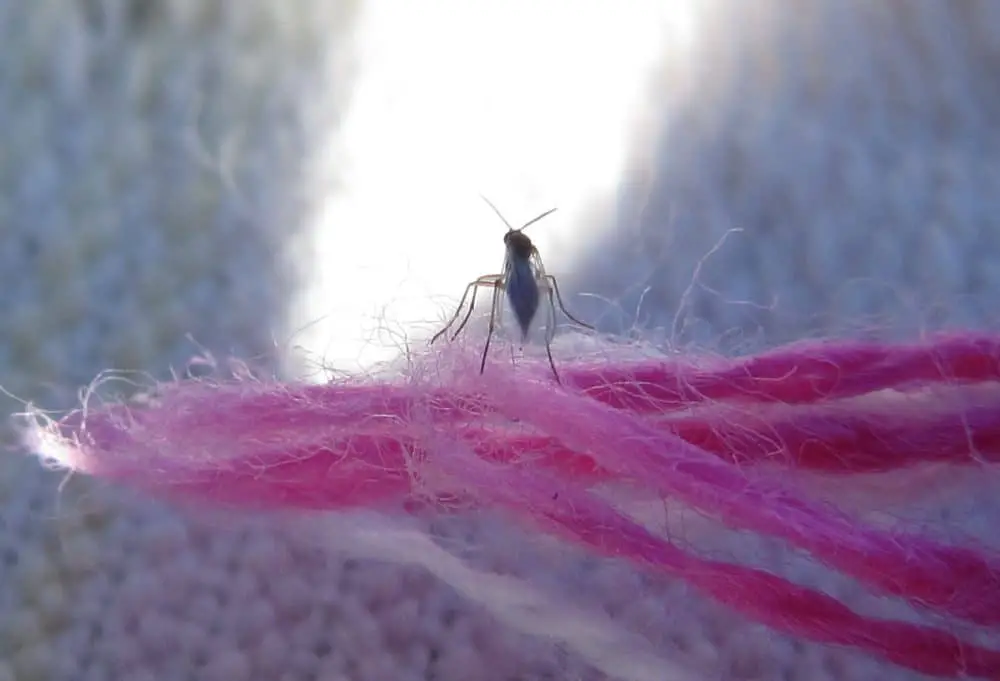
- First, make sure to keep your home clean of standing water. This is where these pests live and feed. Check for bird baths, ornamental fountains, potted plants, rain barrels without screens, and trash cans.
- In addition to water, you should also keep an eye out for any leaks that may have opened. You can also try applying Pyrid Aerosol to your home.
How to Keep Away from Noseeums
A basic noseeum control method is to eliminate breeding sites. Standing water, plant debris, and tree-rooted water collections are ideal breeding grounds.
You can reduce their population by draining these sources regularly. Additionally, you can use fly lights or contact insecticides.
The right combination of methods can dramatically reduce the number of noseeums in your area. And as a bonus, these methods will also save your electricity bill.
- The most effective no-see-um treatment is carbon dioxide-baited traps that attract the pests to a carbon dioxide bait. However, if you cannot afford to purchase carbon dioxide-baited traps, you can try home remedies for no-see-ums.
- Another no-see-um prevention method involves keeping the environment clean and dry.
- By using an air conditioner, you can keep the temperature and humidity at comfortable levels. In warm weather, the temperature of the air is too high for no-see-ums to thrive.
- The humidity in your home is low, which discourages them from breeding. Make sure the air in your home is not too moist, especially around windows.
- Natural repellents are another option to keep Noseeums from your home. The natural scent of cooking oil, sweet orange oil, and apple cider vinegar is all good for repelling no-see-ums.
- Another option is installing mesh screens in windows and doors. A professional or a do-it-yourselfer can install mesh screens. No see-ums are attracted to warm body temperatures, so it is best to keep the house cool to avoid any no-see-um problems.
In Conclusion
Are No-See-Ums All Over Florida?
Are no-see-ums really all over Florida?
Longtime Floridians are quite familiar with these invisible, itchy pests and educate newcomers about the disease.
But if you’ve never seen one of these insects, you’re in for a surprise!
Noseeums are attracted to damp, warm soil, so you’ll want to use a repellent that can prevent them from getting inside. You can use DEET, a repellent that works well on these pests.
They are also known as sand flies, punkies, and biting midges, and are often mistaken for mosquitoes.
Regardless of your choice, keep in mind that the bites are most common in areas near bodies of water.
They’re also called sand gnats and biting midges, and they’re usually found near marshes and lagoons. These insects bite both humans and pets, so you should avoid them if possible.
If you’re in the Florida area, it’s wise to wear sunscreen and apply bug repellent to avoid being bitten.

